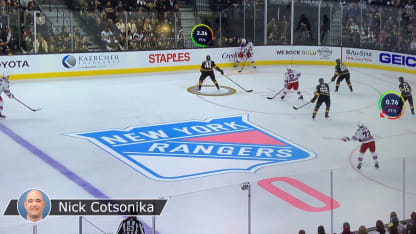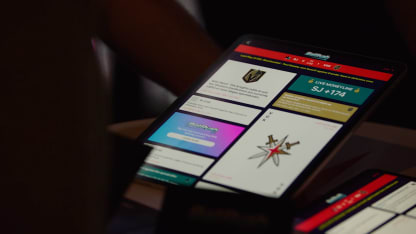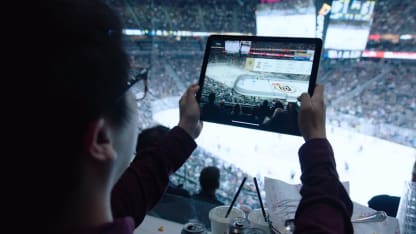"We know enough to know that the broadcasters really want it and they're going to use it," Lehanski said. "There is a tremendous opportunity to use this to not only enhance our current digital products but create entirely new ones. I don't think it's a leap to think that in the near future they're going to be live streaming products out there that are going to let fans completely customize what they see."
For now, we won't have enough data to provide context to the descriptions. OK, McDavid is skating X miles per hour. We knew he was fast, we know how fast he is now, and that adds to our level of appreciation of him as an athlete and of hockey as a sport. What we still don't know is how that compares to his record speed, his average speed, his slowest speed, his last shift and so on, let alone how it compares to other players.
But the more the NHL does this, the more we crunch the numbers, the more ways we will be able to appreciate and analyze the game. Shot attempts have been used as a proxy for puck possession because we haven't been able to measure just how much a player or a team has the puck. Well, now we'll be able to.
Lehanski uses goalies as an example. For decades, we've mostly used two statistics: goals-against average and save percentage. In recent years, we've refined that somewhat, but even measuring, say, save percentage on high-danger scoring chances has been imprecise. Now we'll be able to know exactly where each shot was taken, how fast it was moving, whether it was deflected and so on, and we'll be able to sort by game situation.







